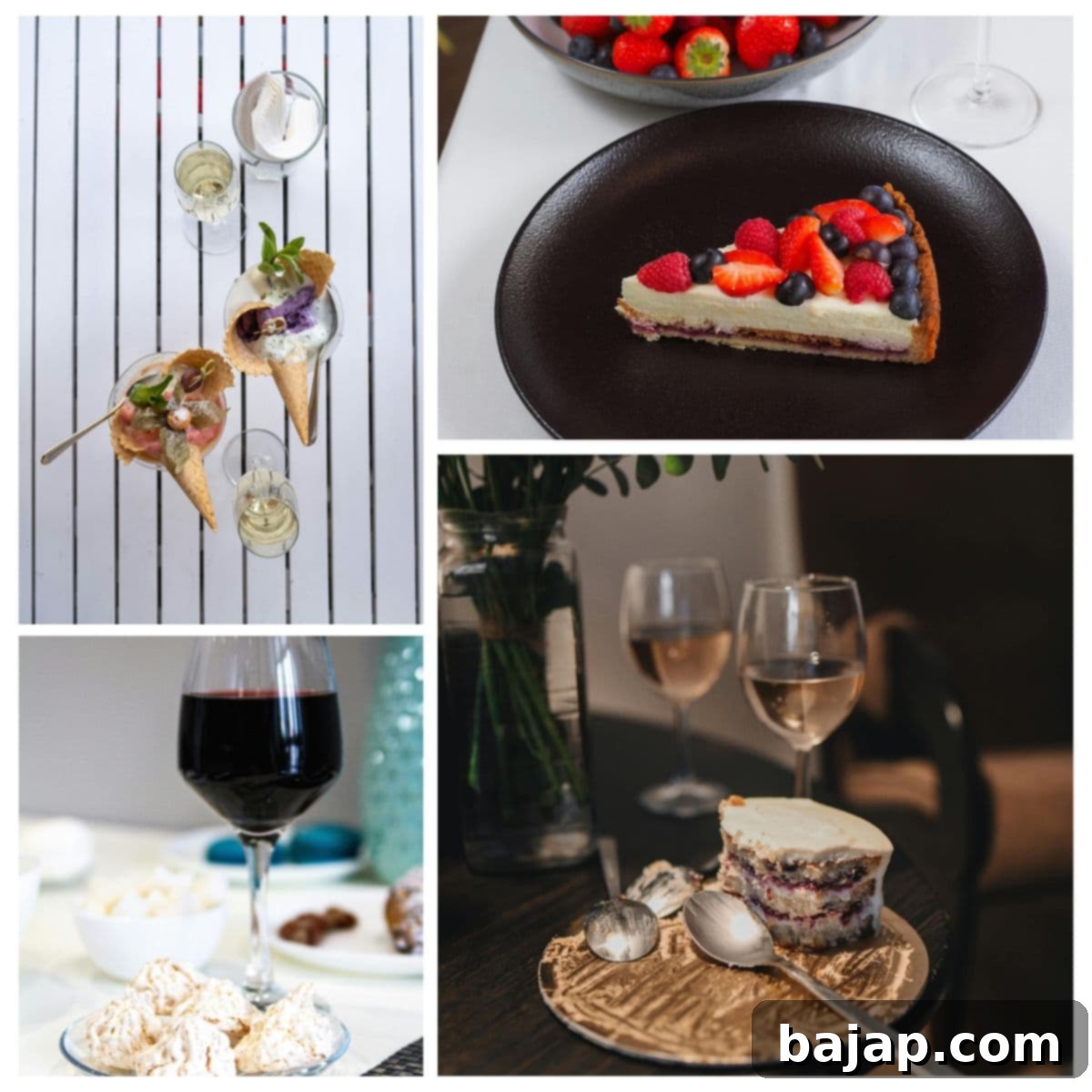Mastering Dessert Wine Pairings: Your Ultimate Guide to Sweet Harmony
Every exceptional dinner party host understands the art of pairing the right wine with the main course. But the delightful journey of wine pairings doesn’t have to end there. In fact, extending your wine expertise to the grand finale – desserts and sweet treats – can elevate any meal into an unforgettable culinary experience. The perfect dessert wine pairing transforms simple sweets into a symphony of flavors, creating a truly luxurious and satisfying conclusion.
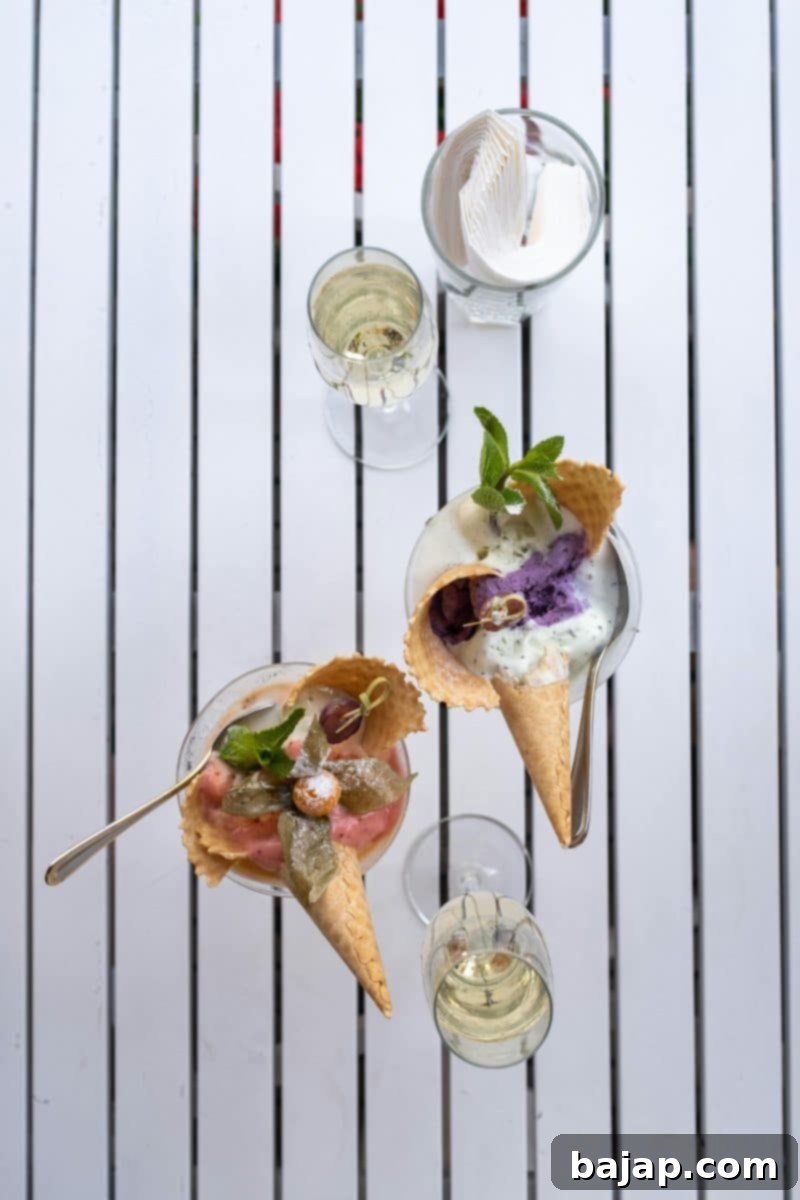
Wine presents itself in an astonishing array of colors, textures, intensities, and flavor profiles. Each of these unique characteristics can be thoughtfully utilized to amplify and complement the sweet notes of your chosen dessert, whether it’s the grand finale after a lavish meal or a simple sugary pick-me-up in the afternoon. The world of dessert wine is vast and inviting, offering a spectrum from crisp and effervescent to rich and lusciously sweet.
However, the process of pairing wine with sweet dishes differs significantly from pairing it with savory cuisine. The rules shift when sugar takes center stage, requiring a nuanced understanding of how sweetness, acidity, and body interact. That’s precisely why we’ve meticulously compiled this comprehensive guide, designed to equip you with the knowledge and confidence to serve up perfectly balanced, exquisitely delicious, and memorable wine and sweet food pairings every single time.
🍰 Thank you, Clara, for this wonderful guest post! 🍷
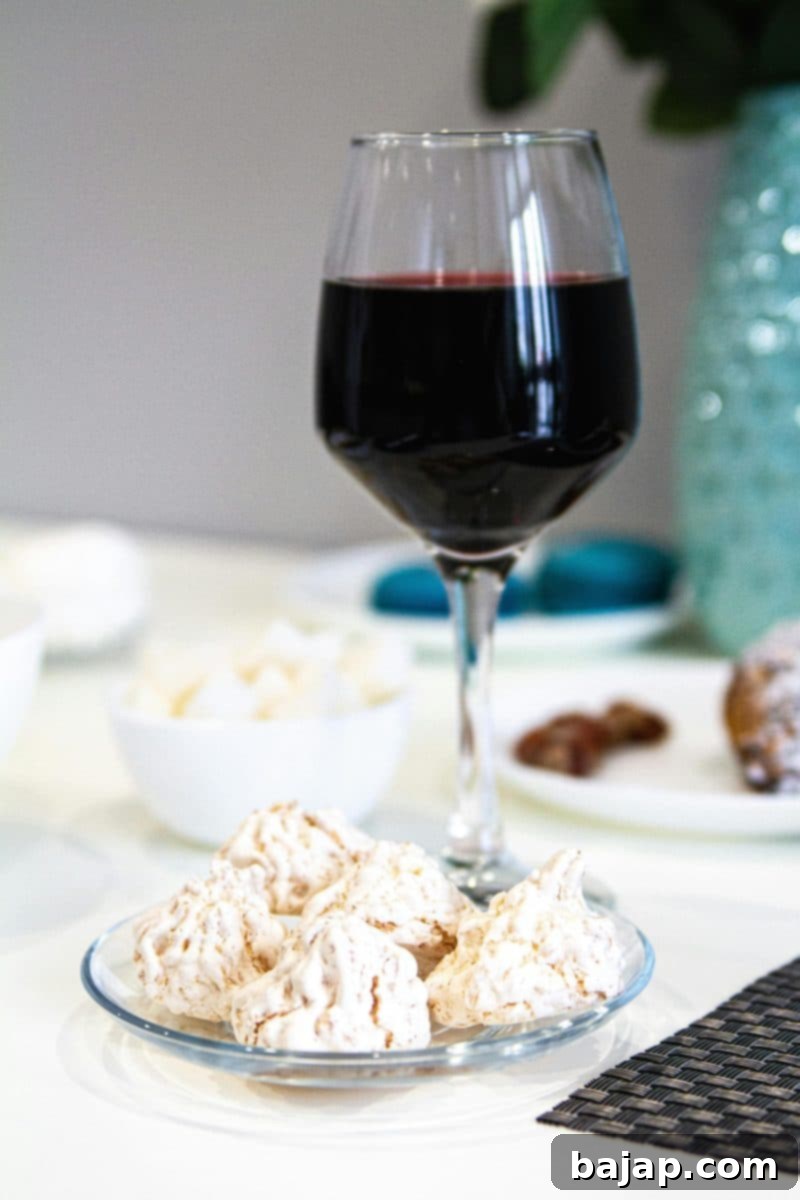
Key Flavor Factors for Harmonious Wine and Dessert Pairings
Just as certain wine varieties are traditionally paired with specific savory foods – for instance, a robust red wine with red meat or a crisp white wine with fish and vegetables – there are fundamental principles that guide successful wine and sweet treat pairings. Understanding these core factors is crucial for determining whether a particular bottle of wine will truly complement your next sweet spread or overshadow it.
Here are three paramount factors to meticulously consider when embarking on your dessert wine pairing adventure:
- Level of Sweetness: This is arguably the most critical factor. The golden rule for dessert wine pairing is that the wine should always be sweeter than the dessert it accompanies. All wines possess a natural sweetness, but some, like fortified wines or late-harvest varieties, have a significantly higher residual sugar content. If the wine is less sweet than the dessert, it can taste tart, thin, or even bitter. Conversely, a wine that is sufficiently sweet will enhance the dessert’s flavors and vice versa, creating a balanced and delightful experience. Understanding where your wine falls on the sweetness spectrum—from bone-dry to lusciously sweet—is key to choosing complementary sweet flavors.
- Texture (Body and Mouthfeel): The texture of a wine refers to its body and how it feels in your mouth. Some wines are thick, syrupy, and unctuous, coating the palate with their richness. Others are light, crisp, and dry, offering a refreshing and clean finish. The texture of your wine provides a strong hint as to the richness and density of the food it can be paired with. A rich, heavy dessert like a cheesecake or a dense chocolate torte often calls for a full-bodied, perhaps even viscous, wine. Lighter desserts, such as fruit tarts or sorbets, generally fare better with wines that are equally light and refreshing, preventing either from overwhelming the other.
- Flavor Intensity and Acidity: The intensity of a wine’s flavor refers to how pronounced and concentrated its aromatic and taste compounds are. Strong, tannin-rich wines can be quite intense on the palate, making them better suited to equally intense and robust dessert flavors. Conversely, light, delicately flavored wines pair best with desserts that possess a softer, milder mouthfeel and subtler flavor profiles. Acidity also plays a vital role. A wine with good acidity can cut through the richness of a creamy or fatty dessert, providing a refreshing counterpoint and cleansing the palate. Without sufficient acidity, a sweet pairing can become cloying and heavy.
The true artistry of pairing wine with sweet food lies in discovering the perfect balance between these interconnected factors. Neither the wine nor the dessert should overpower the other; instead, they should enhance each other, creating a harmonious dialogue of flavors. Choose combinations that allow both components to shine, delivering a complete and satisfying sensory experience.
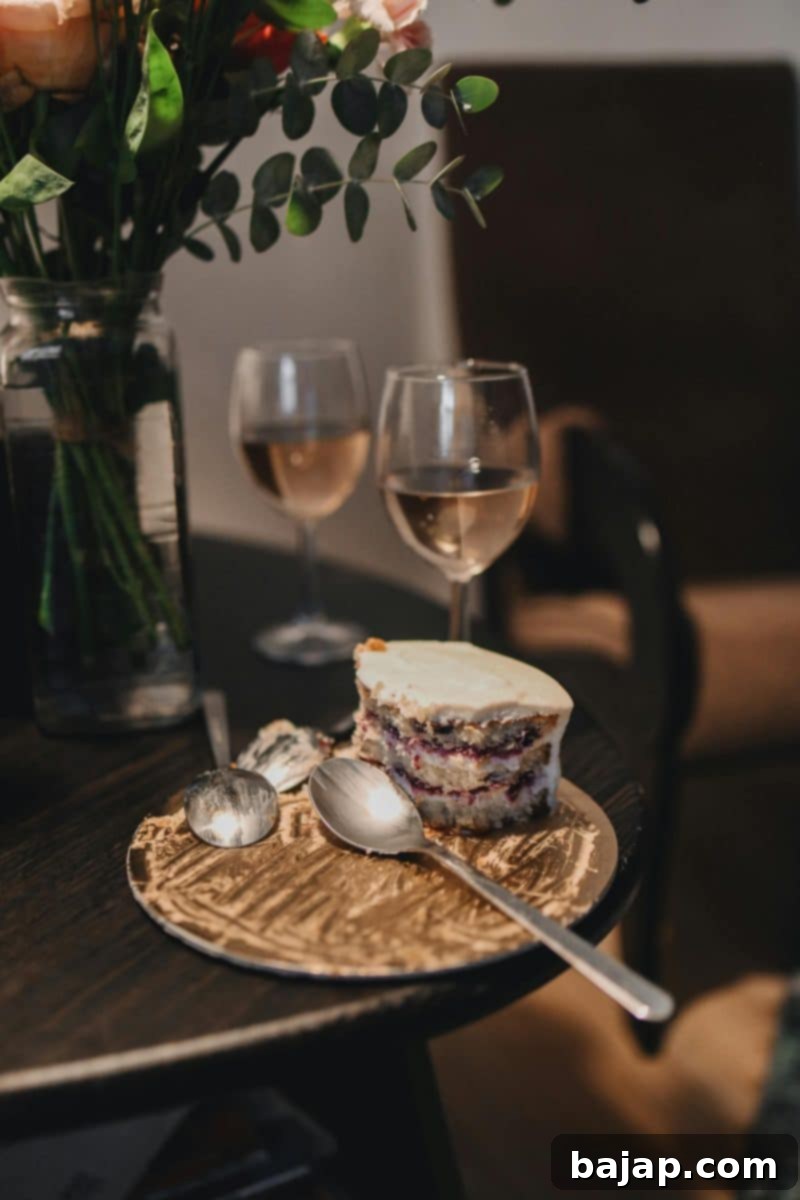
8 Exquisite Wine and Sweet Treat Pairings Every Host Should Master
While understanding the principles of creating your own pairings is incredibly rewarding, sometimes you simply need straightforward, reliable recommendations. We’re here to help! These eight popular and exceptionally delicious wine and sweet food pairings have been carefully selected, considering all the aforementioned factors. They are guaranteed to impress your guests and ensure you enjoy unique and delectable combinations every single time.
1. Oaked Chardonnay and Crème Brûlée
Chardonnay, a globally renowned white grape variety, is celebrated for its versatility and its typical notes of apple, pear, and citrus. However, when aged in oak barrels, it develops a distinct richness, with prominent notes of vanilla, caramel, butter, and a delightful hint of toasted nuts or crème brûlée itself. This extra mellow, slightly toasty flavor profile makes oaked Chardonnay an utterly perfect partner for the creamy custard and crisp, burnt sugar crust of a classic crème brûlée. The wine’s buttery texture beautifully complements the dessert’s richness, while its vanilla undertones echo the custard’s base flavors. This pairing is a match made in heaven for its complementary textures and harmonious flavor notes.
Beyond crème brûlée, consider pairing oaked Chardonnay with an apricot tart, a rich lemon or lime cheesecake (where the acidity of the citrus can cut through the wine’s richness), or a decadent vanilla pudding. Even unoaked Chardonnay, with its brighter fruit notes, can be sublime with these desserts, offering a slightly lighter, more fruit-forward experience.
2. Port and Salted Caramel Delights
Port is a majestic, heavy, and richly fortified red wine originating from Portugal’s Douro Valley. It is frequently enjoyed as a dessert wine due to its inherent sweetness and complex flavor spectrum, often featuring notes of blackberry, plum, raisin, chocolate, and, quite fittingly, caramel and cinnamon. Its robust structure and lingering sweetness make it ideal for specific sweet pairings.
Served traditionally in small glasses, Port creates an exquisite pairing with sweet yet delightfully sharp salted caramel flavors. The wine’s deep fruit and caramel notes resonate with the dessert, while its inherent sweetness balances the saltiness, preventing it from becoming overpowering. Imagine a slice of luscious salted caramel cheesecake, a delicate miso caramel mousse, or any inventive salty-sweet dessert combination you adore. The key is moderation for both the wine and the dessert, ensuring neither element overpowers the other, but rather, they intertwine to create a luxurious taste experience. Tawny Ports, with their nutty, oxidized notes, are particularly fantastic here.
3. Riesling and Zesty Lemon Cake
Riesling is a wonderfully aromatic and versatile white wine, known for its vibrant acidity and capacity to express a wide range of sweetness levels. Often full-bodied and exceptionally fragrant, it typically presents an aromatic profile of crisp green apple, juicy pear, ripe apricot, and occasionally notes of gooseberry or grapefruit, underpinned by its characteristic minerality. Its refreshing acidity is a crucial component.
With its pronounced fruity undertones and bright citrusy top notes, a medium-sweet or late-harvest Riesling is an outstanding wine to serve alongside bright, lemony desserts. Think of a light and airy lemon cake, a creamy lemon posset, or a tangy lemon meringue pie. The wine’s acidity and sweetness perfectly complement the dessert’s tartness, creating a harmonious balance that cleanses the palate and refreshes with every bite. The citrus and tree fruit notes in the Riesling echo the lemon in the dessert, enhancing the overall flavor profile.
4. Merlot and Indulgent Dark Chocolate
Merlot, often referred to as the “king of red wines” in certain regions, is beloved for its smooth, velvety texture and approachable fruit-forward character. While it can range from medium to full-bodied, a good quality Merlot often boasts rich flavors of black cherry, plum, and mocha, complemented by soft tannins and earthy nuances. The inherent intensity and subtle complexity of a well-crafted Merlot demand a partner with equal depth.
This is where high-quality, high-cocoa dark chocolate comes into its own. The wine’s fruit and subtle spice notes find a beautiful resonance with the bitter, earthy, and often fruity notes found in good dark chocolate. The tannins in the Merlot are softened by the fat in the chocolate, creating a smoother mouthfeel. You can serve Merlot with almost any dark chocolate dessert, provided the dessert isn’t overly sweet. Too much sugar can clash with the dry, tannic structure of Merlot and can even lead to an uncomfortable sensation on the palate. Opt for a rich dark chocolate mousse, a flourless chocolate cake, or simply enjoy it with small, high-quality chunks of your favorite dark chocolate bar for a truly luxurious pairing. The bitterness of the chocolate and the fruit of the wine create a sophisticated balance.
5. Sauvignon Blanc and Delicate White Chocolate
Sauvignon Blanc is a vibrant, zesty, and highly aromatic white wine known for its crisp acidity and distinctive herbaceous notes, often reminiscent of gooseberry, passion fruit, lime, and freshly cut grass. Its brightness and fruity profile make it exceptionally refreshing.
This crisp white wine beautifully balances the delicate sweetness and creamy texture of white chocolate. Unlike dark chocolate, white chocolate lacks cocoa solids, giving it a milder, milkier sweetness. The lively acidity of Sauvignon Blanc cuts through the richness of the white chocolate, preventing it from feeling cloying. Furthermore, Sauvignon Blanc’s natural affinity for punchy, acidic flavors like passion fruit, pineapple, and lime means it pairs wonderfully with white chocolate desserts that incorporate these tropical elements. Imagine a white chocolate and passion fruit tart, or a lime-infused white chocolate mousse. The interplay of the wine’s acidity and the chocolate’s sweetness creates a lively and refreshing contrast.
6. Chenin Blanc and Hearty Peach Cobbler
Chenin Blanc is a remarkably versatile white wine grape, capable of producing wines ranging from bone-dry to lusciously sweet, sparkling, and still. It is celebrated for its bright acidity and its distinctive notes of stone fruit such as juicy peach, ripe plum, and fragrant nectarine, often accompanied by hints of honey, apple, and floral nuances. Its inherent fruitiness and varying levels of sweetness make it a fantastic food-pairing wine.
A medium-dry to sweet Chenin Blanc makes a perfect companion to a warm, comforting peach cobbler or any type of stone fruit tart. The wine’s natural peach and apricot notes beautifully echo and enhance the flavors of the dessert, while its balancing acidity prevents the pairing from becoming overly sweet. Chenin Blanc’s broad spectrum of fruity and sometimes honeyed notes also makes it an excellent choice for a wide variety of sweet summer spreads, as it harmonizes with juicy, sweet, and even slightly tart fruit desserts. Consider it with apple crumble, pear tart, or fruit salads for a delightful experience.
7. Cabernet Sauvignon and Bold Coffee Ice Cream
Cabernet Sauvignon is often considered one of the world’s most noble red grape varieties. It yields full-bodied, robust wines characterized by firm tannins, bold dark fruit flavors like blackcurrant and blackberry, often with notes of cedar, tobacco, and bell pepper, especially when aged. Its intensity and complexity require equally assertive flavors to match.
The bold, juicy, and full-bodied flavors of a mature Cabernet Sauvignon find an unexpected yet utterly perfect match in the bitter earthiness and creamy texture of coffee ice cream. While wine and ice cream are not commonly paired, their contrasting elements can create a surprisingly complementary duo. The cold sweetness of the ice cream mellows the wine’s tannins and fruit intensity, while the wine’s tart richness cuts through the ice cream’s creamy texture, preventing it from feeling too heavy. This pairing is particularly successful when the red wine is fruit-forward and the coffee ice cream boasts a deep, toasted, almost dark chocolate-like flavor. The bitterness of the coffee beautifully interacts with the dark fruit and savory notes of the Cabernet, creating a sophisticated and intriguing finish.
8. Champagne and Classic Strawberries & Cream
This is arguably one of the most iconic and universally beloved wine and sweet food pairings in the world, embodying elegance and simplicity. The tradition of serving strawberries and fresh cream alongside a flute of quality Champagne is synonymous with events like Wimbledon, and for good reason. This pairing is effortlessly recreated and enjoyed in any setting.
Champagne, with its fine bubbles, crisp acidity, and delicate floral and brioche notes, provides a refreshing counterpoint to the sweetness and richness of fresh strawberries and cream. The wine’s effervescence cleanses the palate, making each bite of the dessert feel fresh and vibrant. The slight sweetness in a Brut Champagne, or a Demi-Sec if you prefer a sweeter wine, perfectly complements the natural sweetness of the berries. Moreover, there’s no need to limit this delightful pairing to just strawberries. The light, sparkling, and delicate characteristics of Champagne make it an ideal partner for almost any berries and cream combination you can imagine – think raspberries, blueberries, or mixed berries. It’s a celebration in a glass and on a plate.
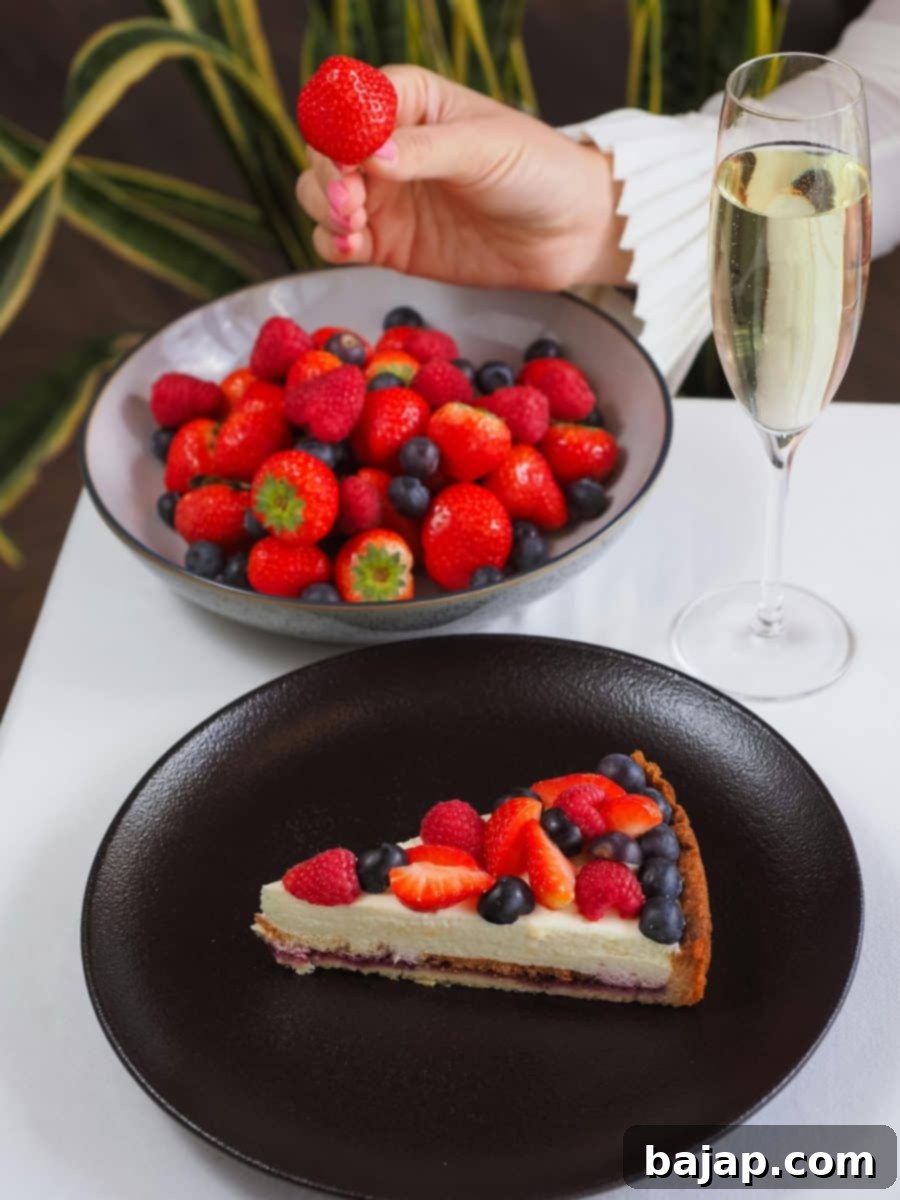
Sip In Style When Serving Up A Sweet Treat
Whether you consider yourself a seasoned oenophile with a dedicated wine club membership, or you simply delight in the challenge of harmonizing whatever you have on hand with your current meal, mastering the art of pairing wine with sweet food offers an immensely rewarding skill. It empowers you to curate a truly restaurant-quality menu from the appetizer to the grand finale, elevating every dining experience into something special.
Always remember the foundational tenets of successful wine and sweet food pairings: prioritize the wine’s sweetness relative to the dessert, consider the interplay of textures, and balance the intensity of flavors. Once you grasp these fundamental principles, the process of pairing wine with your next dessert or afternoon snack tray will not only be effortless but genuinely a treat in itself. Enjoy the journey of discovery and the delicious results that await!
